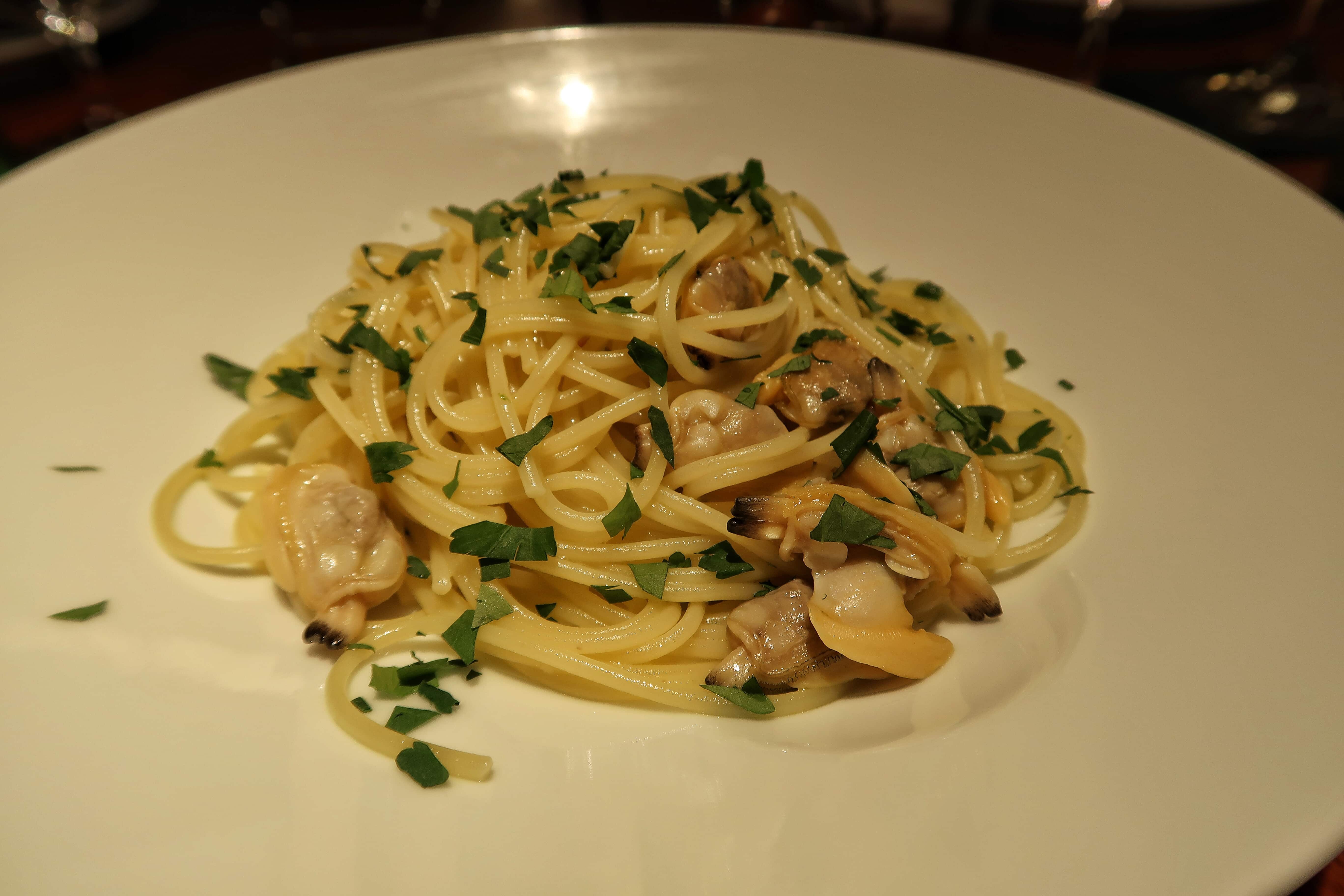
How to Not Overcook Your Pasta.
Everyone has their personal preference for their ideal bite of pasta. The one most described in recipes is “al dente”. Learn more about this timing of cooking pasta, a couple of pasta terms, and tips for cooking.
Al Dente, Molto Al Dente, and Cottura
“Al dente” translates to “to the tooth” meaning you feel the chewy, firm texture upon biting the pasta in your teeth. Early recipe books in the 1800s described this timing of cooking pasta.
Today, we have the help of the timing recommended on the package of pasta that we buy from groceries and supermarkets. This works perfectly if you plan to add the sauce on top before serving. However, many food writers and chefs say that if you cook pasta al dente according to the box’s instruction and then add it to the sauce in the pan, you will come out with overcooked pasta.
As a result, recipes now call for “molto al dente”. With this technique, you undercook the pasta for 2-3 minutes, transfer it from the boiling water to the saucepan, scoop in a bit of pasta water, and toss it together while cooking for another 2-3 minutes. The result is al dente pasta with the sauce infused into the pasta strands.
Note that some packages, like on penne rigate boxes, will say “cottura”. This means that the pasta will not overcook with the timing instructed. This refers to sturdier kinds of pasta with more grit.
Tip! They always say to salt your pot of boiling water. First, bring the pot to a boil, add 1/2 tablespoon of salt for every 4 cups of water, and then add the pasta. You will actually get more flavorful pasta!
Sign up for my newsletter on the sidebar for blog updates and my travel insider tips! And, check out my vlogs on YouTube!


